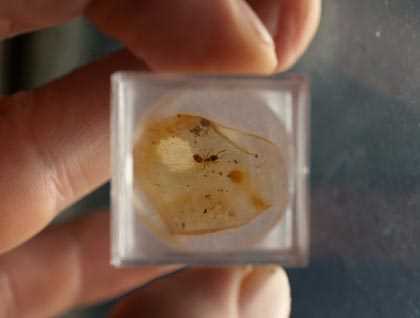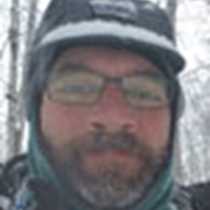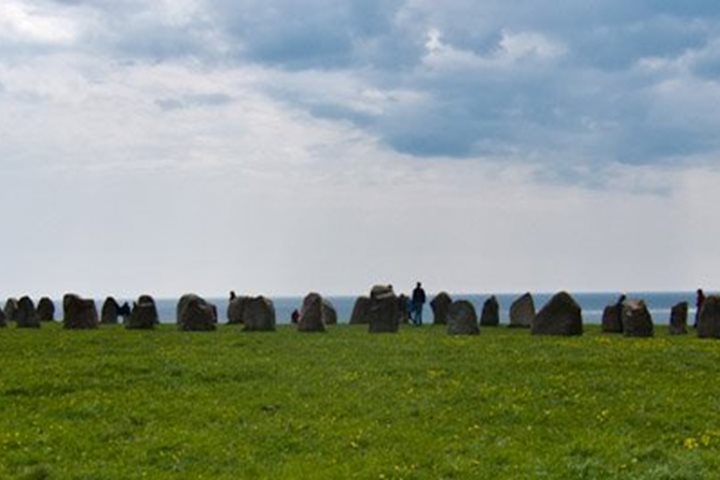Situated on the Danė River at the northern tip of the Curonian Spit, Klaipeda serves as the major port and is the third largest city in this Baltic nation of over three million people. Like many of the nations of the region Lithuania has a complex and diverse history. Linked historically to the Hanseatic League of the 12th-15th centuries Klaipeda, formally called Memel, has been a key area of trade and shipping even today. Today we would have the chance to experience many facets of this Baltic community from past to present.
One outing headed off towards the city of Palanga and an old neoclassical palace and Amber Museum. Amber, or “Baltic gold,” has long been a valuable commodity and in this region and today is still being mined, polished and sold all around the world. Its many shades of gold, yellow, and even greenish tints have been prized since prehistoric times nearly 10,000 ybp and today still captivates people. The palace also harbors spectacular botanical gardens, and on this mostly fair day was quite pleasant to explore.
Being that we’re in the midst of the springtime in the Baltic, what better than to visit one of Europe’s oldest and longest running ornithological research stations at Ventė Ragas on the Curonian Spit. After all, millions of migratory birds make their way to Northern Europe and the Arctic via crossing the Baltic Sea. The station and its accompanying ringing/banding operation our located in a prime spot to intercept the migrating songbirds both on their northbound spring migration and southerly fall passage through the area. Operating since 1929 and having ringed several thousand birds over the decades it has aided ornithologists in better understanding many aspects of the mystery of bird migration.
A third outing set out to explore the portion of the Curonian Spit nearer by Klaipeda and the national park that was established there in 1991. Identified as a UNESCO World Heritage Site, the spit is a significant landform and a unique aspect of the Lithuanian coastline. Its dense pine forests and dunal features are perfect habitat for many nesting and migratory birds and larger mammals. As luck would have it, we were fortunate enough to get a glimpse at one of Europe’s largest mammals, a moose, (alces alces). We made a brief stop at an active cormorant (phalococorax carbo) and grey heron (ardea cinerea) rookery to observe, hear, and smell the largest concentration of these birds nesting in the country. Their nesting activity over the years has denuded a large central portion of the pine forest, leaving the dead standing trees with large nests at their tops as a clear indicator of colonial nesting activity. Birds came and went from these trees, placating the plaintive calls of the nestlings with a gullet full of partially digested fish meal. The sounds of the young and the squabbling adults was an extra sensory bonus to the morning.
The focus of the outing to the spit, however, was to experience what is called “The Hill of Witches.” Following a path winding up and through the pine forest, we encountered interestingly, and at times eerily-crafted, wooden sculptures paying tribute to the regions past pagan belief system and visually representing the folklore of this country. The upward climb celebrates the more positive and uplifting spirits and tales while the downward trek from the summit brings the visitor in touch with the more sinister characters and myths. This beautiful remnant of what this forest once was, as most of it was logged down to the sand dunes over the centuries, was also filled with the songs of dozens of species of migratory songbirds, adding a wonderful natural soundtrack to the morning.
A brief stop in the town of Klaipeda following the excursions afforded folks a chance to view the unique German architecture of the city and stroll the quaint cobble streets and squares. Later in the afternoon as we sailed out back to the Baltic Sea we were treated to a presentation by our Global Perspective guest speaker, former ambassador to the U.N. of Estonia, Trivimi Velliste, on Estonia’s recent relations and experience with both N.A.T.O. and entrance into the European Union. Shortly following that our own historian, Carol Knott, spoke about the fascinating and ever present medieval churches in this region.
The enrichment and pleasure that comes from exploring and learning about other nations, cultures and natural history, along with sharing it with others, makes a destination like Klaipeda special.







